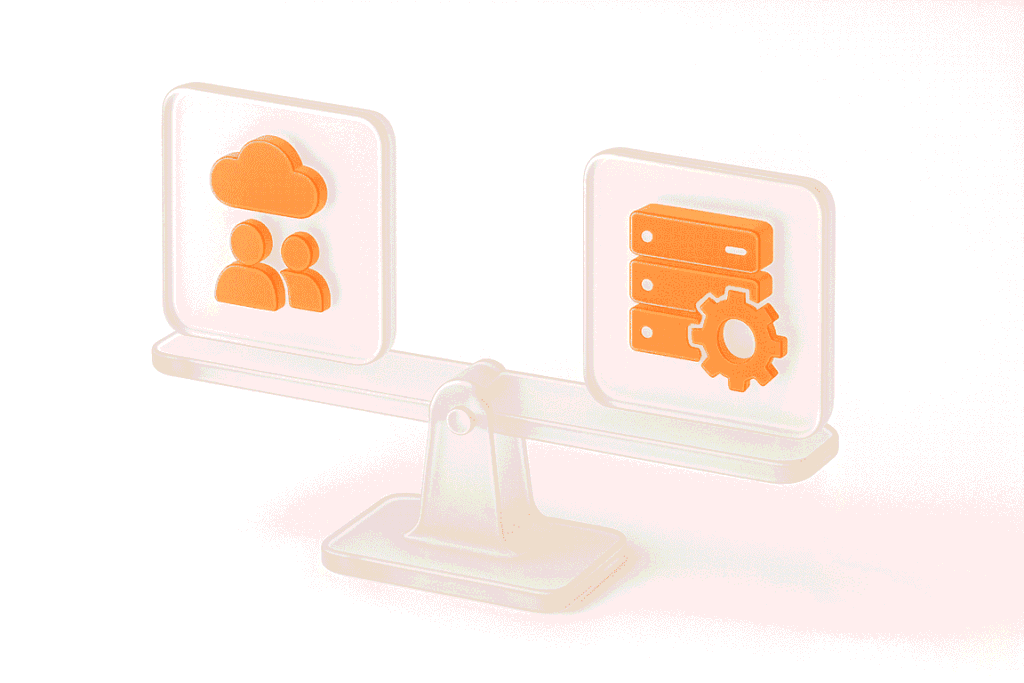Waiting for APIs to become available or stable can slow down entire projects. API mocking provides a smart way to avoid these roadblocks by simulating real API responses, keeping your teams productive and ensuring smoother integration down the line.
In this guide, you’ll discover exactly what API mocking involves, how it differs from using real APIs, and the real benefits it brings to your workflow. You’ll also explore practical use cases and industry best practices, empowering you to leverage mocking effectively and avoid common pitfalls.
What Is an API Mocking?
API mocking is the process of creating simulated API responses that mimic the behavior of real APIs. It allows developers and testers to build, test, and validate applications independently, without needing access to fully functional backend systems or third-party services. By using an api mock, teams can emulate interactions, set response patterns, and even replicate error conditions. The primary purpose of mocking API interactions is to speed up development cycles, improve API performance, facilitate earlier testing, and reduce dependencies on external components.
Mock API vs. Real API
Using a mock api is especially advantageous in scenarios where reliability, consistency, and isolation from real-world unpredictability are critical. Conversely, real APIs are essential when accurate integration and production-level validation are required.
| Aspect | Mock API | Real API |
| Purpose | Simulate behavior for testing and development | Provide real-time data and functionality |
| Data Processing | Returns predefined responses | Processes real data dynamically |
| Response Consistency | Consistent and predictable | May vary depending on live data |
| Network Communication | No real network dependency | Requires actual network connection |
| Data Availability | Always available | Can be unavailable or unstable |
| Testing and Development | Enables isolated testing | Dependent on external factors |
| Security and Privacy | Secure and controlled simulations | Potential security and privacy risks |
| Cost | Cost-effective and easy to maintain | Potentially higher maintenance and operational costs |
Additionally, mocked APIs provide a stable foundation for learning how to load test an api, which is essential for validating application performance
Benefits of API Mocking
Incorporating API mocking into your workflow can significantly streamline both testing and development phases. Here are the key benefits your team can expect:
Use Cases for API Mocking
API mocking can allow teams to streamline workflows, enhance efficiency, and reduce friction caused by external dependencies. Here are common scenarios where mocking becomes especially beneficial:
Parallel Development
With rest api mocking, front-end and back-end teams can work simultaneously. Developers can integrate mock endpoints to keep moving forward without waiting for completed APIs.
Third-party Services
When relying on external APIs, teams often face access limitations or costs. API mocking allows developers to simulate these interactions effectively, maintaining productivity and avoiding unnecessary delays.
Unstable or Unavailable Services
Services that frequently experience downtime or have limited availability can significantly disrupt testing. Using an api mock provides stable, predictable interactions, ensuring uninterrupted development.
Running Functional Tests Without Dependencies
Functional tests can be executed independently by integrating mocked responses. This eliminates the risk of test failures due to external API instability, improving test reliability and consistency.
Replacing External Components in Test Environments
Using mocked APIs in staging and testing environments can replace expensive or sensitive external services, creating safe, cost-effective testing conditions.
Enabling Non-functional Testing
Teams performing load, performance, or security tests benefit from mocking api responses, as it simplifies test setups, allowing easier creation of diverse scenarios without compromising data security. When conducting performance assessments, pairing your mocked endpoints with an API load testing tool can help you simulate realistic user loads and effectively evaluate your system’s resilience.
Best Practices of API Mocking
To effectively utilize API mocking in your development and testing workflows, it’s crucial to follow industry-proven best practices. Implementing these recommendations ensures accuracy, enhances maintainability, and provides your team with reliable results.
Use Mocking to Extend Test Coverage
Leveraging api mocking allows you to simulate complex, rarely occurring scenarios such as network failures, timeout errors, or unexpected data structures. Instead of relying solely on real-world scenarios — which might rarely occur during testing — mock APIs enable you to create detailed, reproducible edge cases, significantly expanding your test coverage and ensuring your application handles even unusual circumstances gracefully.
Avoid Over-mocking; Use Real APIs When Possible
While mocked APIs simplify testing by reducing external dependencies, excessive reliance on mocks can isolate your application from realistic scenarios. To avoid this pitfall, carefully select which endpoints to mock and which should remain real. Core or critical integrations, particularly those with complex business logic, benefit from real interactions to maintain accurate behavior representation.
Integrate Mocking with CI/CD Pipelines
Including mocks in Continuous Integration and Continuous Delivery pipelines streamlines the testing and deployment cycles, offering immediate feedback on integrations. Automated pipelines that employ API mocks facilitate frequent and rapid validation of changes, allowing your team to detect potential integration problems early, reducing debugging effort and accelerating releases.
Use Different Mocks for Different Environments
Different stages of your development lifecycle — development, QA, staging, or production-like environments — require distinct mocking strategies tailored to specific purposes. Your development environment might employ simpler mocks designed for rapid iteration, whereas staging environments typically benefit from more detailed, realistic mocks to mirror production behavior.
A practical approach is maintaining separate configuration files or mock-server instances tailored to each environment, reflecting the necessary complexity level of each testing stage.
Keep Mocks Up to Date with API Changes
API specifications often evolve, introducing new endpoints, altering data formats, or changing business logic. Outdated mocks can lead to inaccurate testing results, causing potential integration issues to slip into production unnoticed. To prevent this, regularly review and update your mocks whenever APIs undergo modifications.
Consider implementing automated synchronization practices, like generating mocks directly from API definitions (e.g., OpenAPI/Swagger specs), ensuring consistency between mock and actual API behaviors.
Use Swagger/OpenAPI for Auto-generating Mocks
Tools like Swagger/OpenAPI help automate mock API creation directly from API definitions, guaranteeing accuracy and consistency. By auto-generating mocks from these standardized specifications, your team minimizes manual errors, reduces effort, and keeps mocks aligned with real API behavior effortlessly.
Integrate solutions such as Prism, Stoplight, or SwaggerHub to generate mock responses automatically, ensuring they’re always consistent with your documented API structures.
Combine Mocking with Automated Testing
Integrating mocked responses directly into automated testing frameworks significantly enhances testing speed, accuracy, and repeatability. Mocked APIs allow tests to run quickly without network latency or dependency issues, enabling rapid identification of regressions or issues during development cycles.
Frameworks like PFLB, Postman, Cypress, or REST Assured can effectively combine with mock servers, allowing automated tests to execute seamlessly with predefined responses, validating logic efficiently and reliably.
Final Thoughts
API mocking is an indispensable tool for creating robust software with fewer delays and lower costs. With simulated API responses, your team can minimize dependencies, improve reliability, and enhance productivity at every stage of development.





